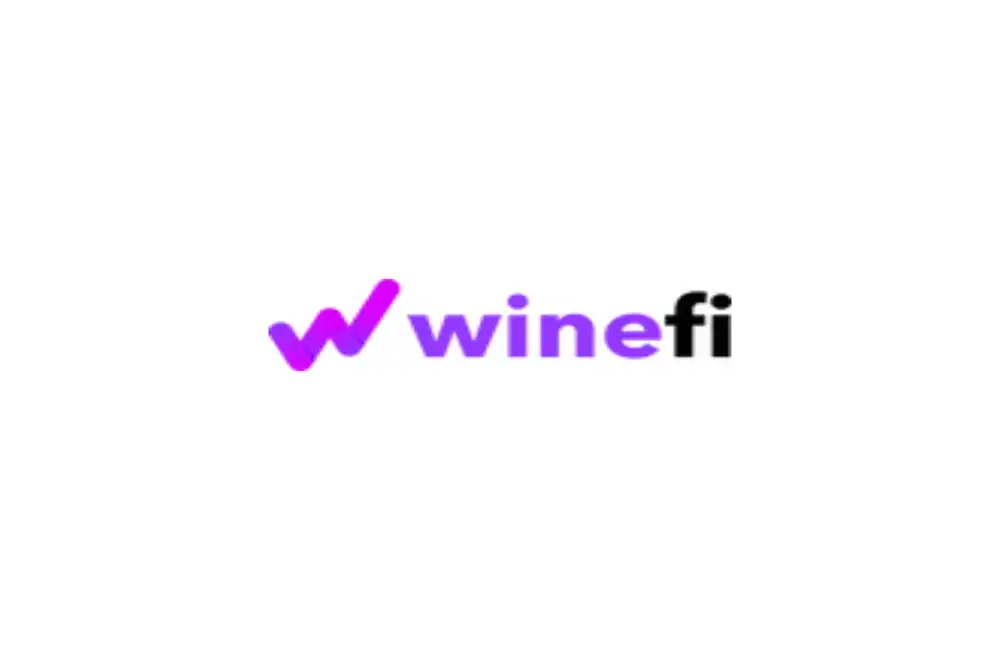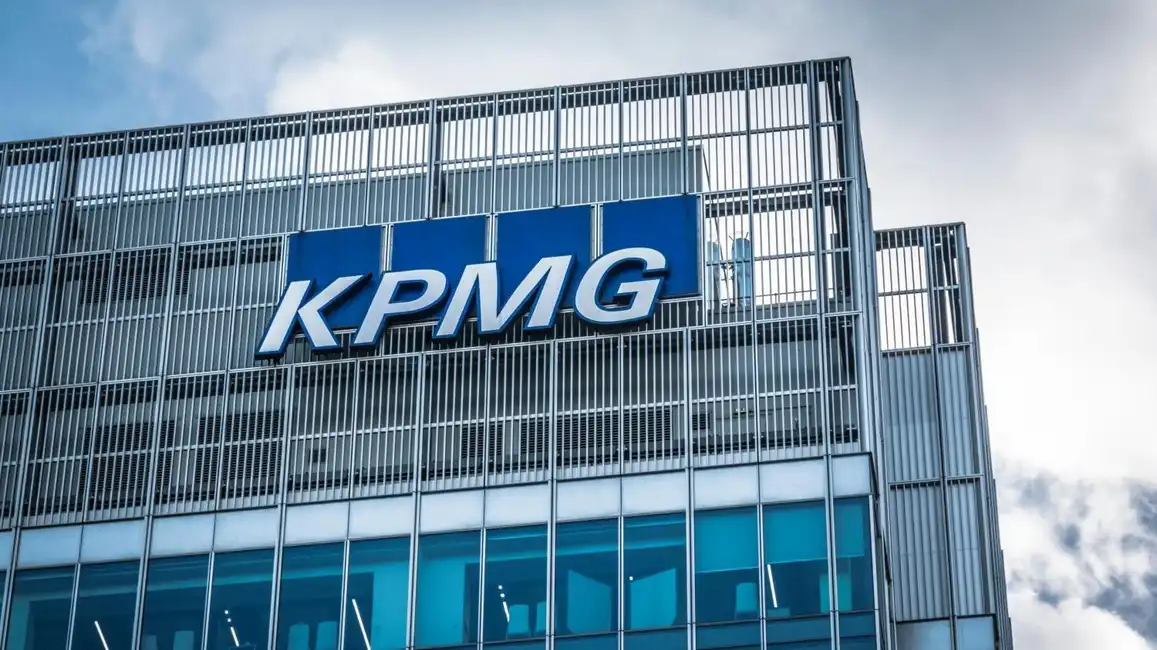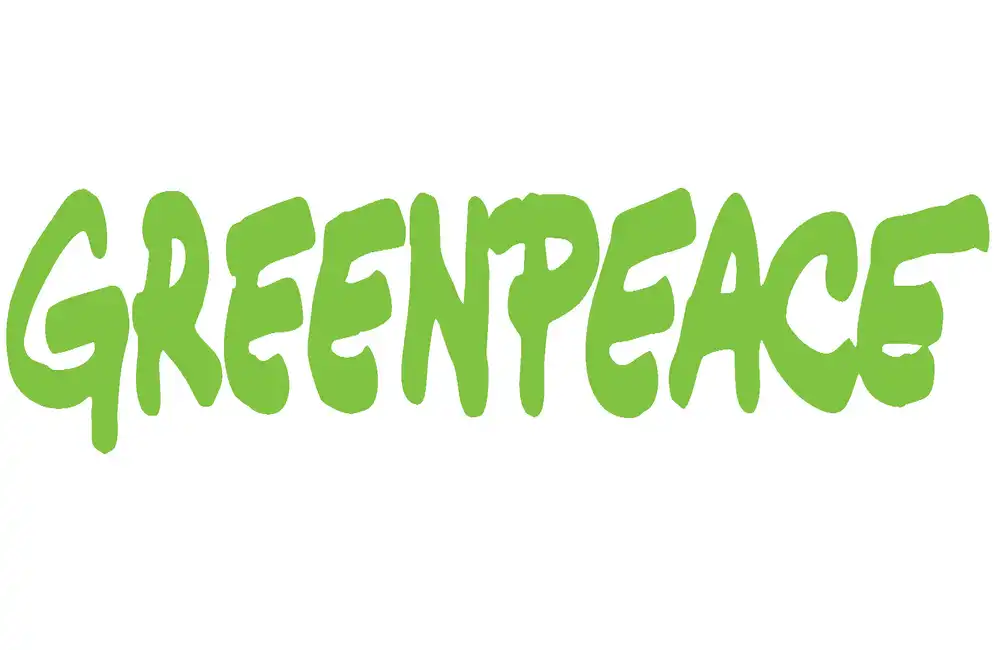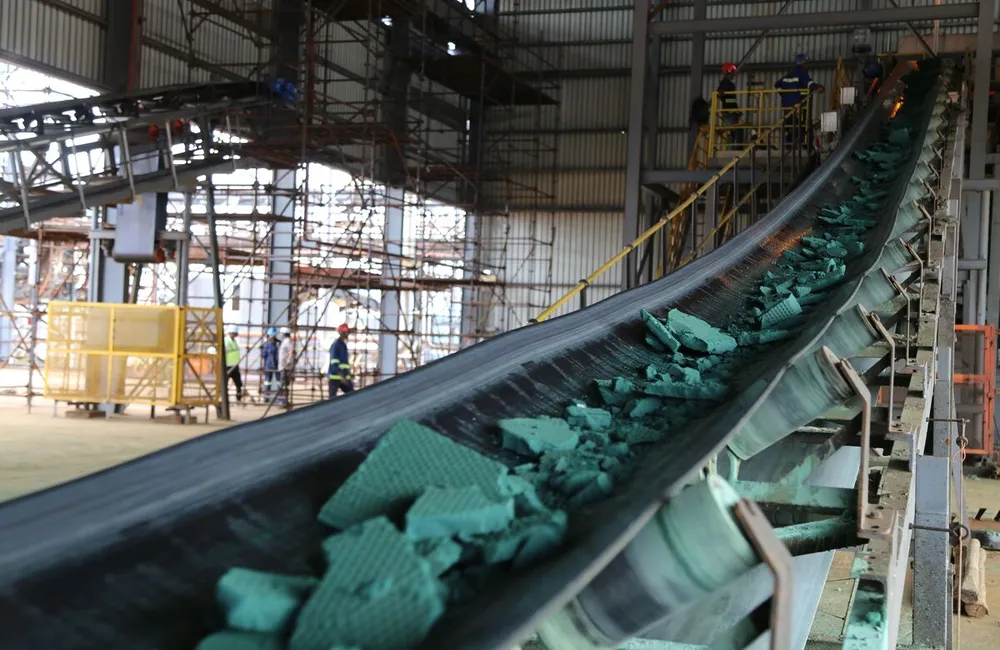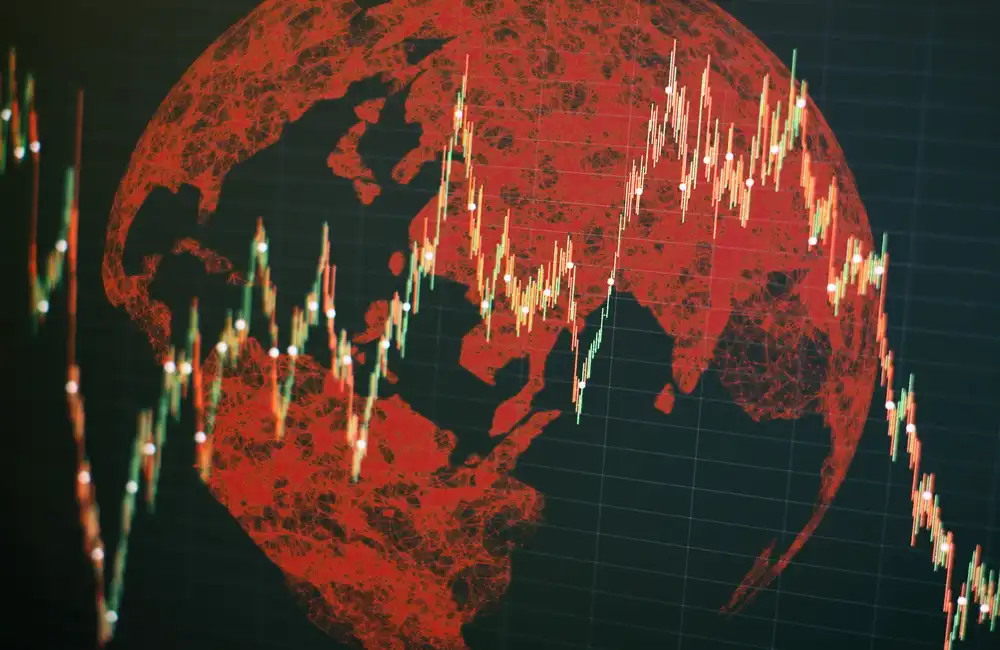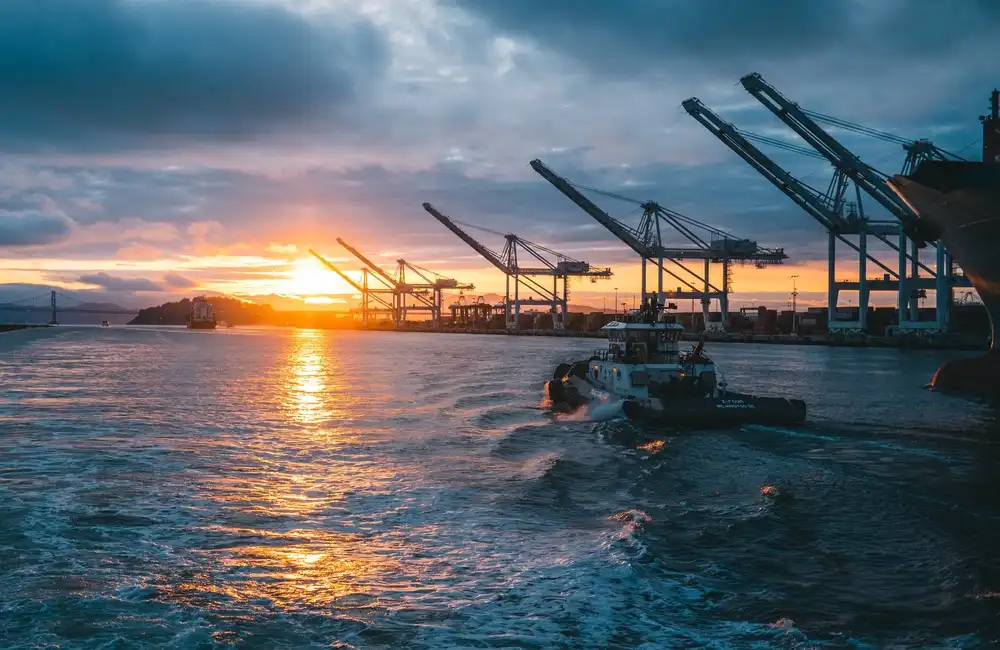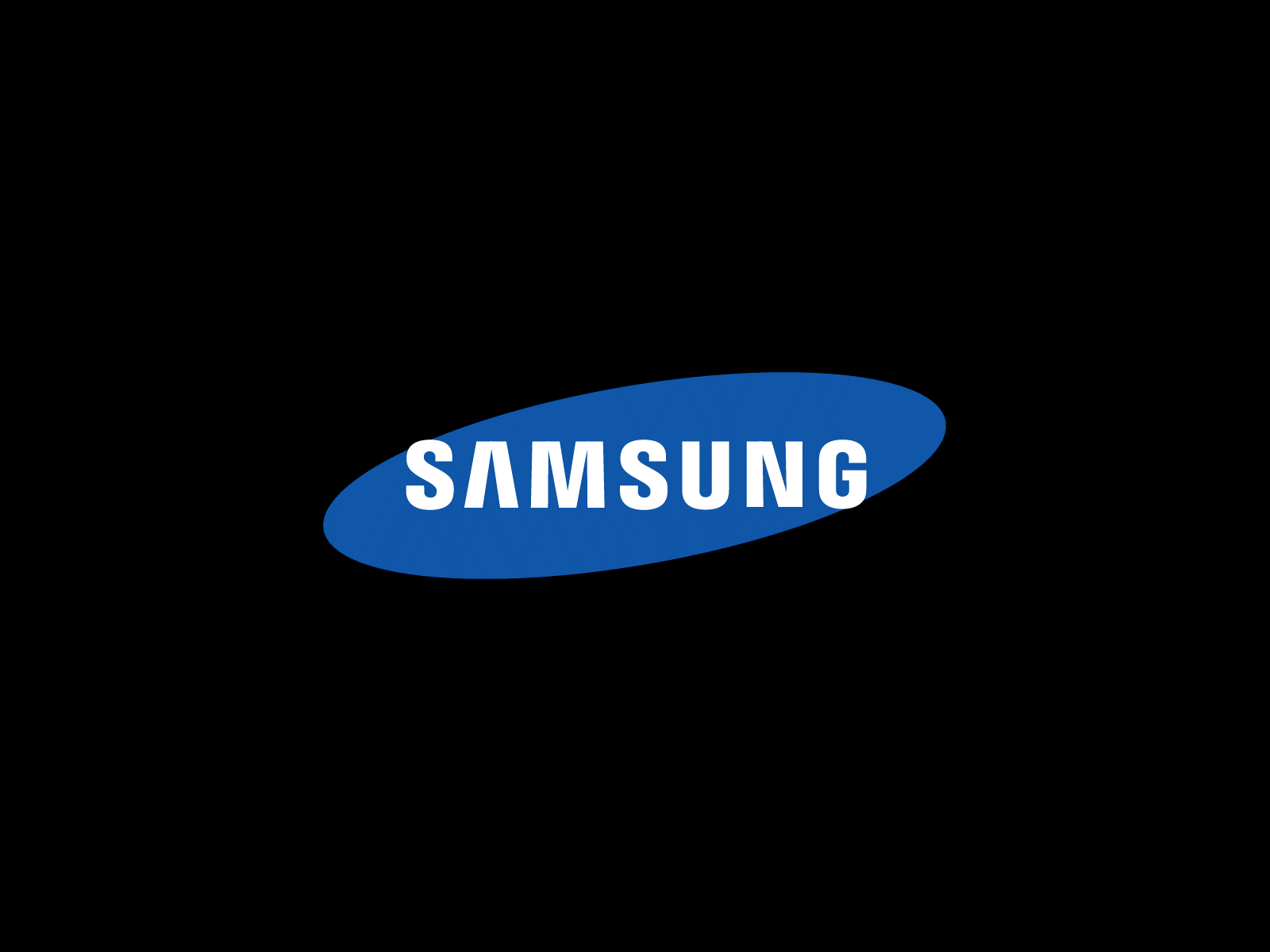For 2023, cobalt term negotiations took a surprising turn to the downside for sellers on the severe drop in demand from China that cascaded through prices and left the market amply supplied for the 2022 surplus everyone expects.
It was only following an unprecedented year of growth for the battery sector, rough consumption in 2022, but a surge from outside after repeated gains in 2021 marked a post-pandemic recovery for several major metals and new incentives from the electric vehicle industry, which grew on top of the list. Sulfate plunges on sluggish consumer electronics. Chinese cobalt sulfate prices started the year on a high note, reaching a multi-year high of Yuan 120,000/mt.
However, from the end of March to July, the market spiraled, dragged down by a nationwide anti-COVID-19 campaign with severe regimen controls, denting logistics and hence economic development. The market suppressed end-user demand, and cost cuts ultimately pushed upstream margins as hydroxide supplies increased and consumers chased sales. “The moratorium on electric vehicle subsidies, effective next year, is affecting consumers’ desire for raw materials,” a Chinese precursor producer remarked. monitored 20.5% Co battery-grade cobalt sulfate, which accounts for more than half of all sulfate se, trading at Yuan 54,000/mt DDP China on November 30, down 55% from its March 9 high of Yuan 120,000/mt. Although a year of scarcity allowed providers to make surcharges in long-term contracts and customers to shift toward the assessment midpoint, sellers and buyers were able to climb from the typical low end.
As Europe grapples with expensive energy and higher inflation, North America has proven more resilient to these challenges, causing a two-tier spot market with US alloy grade metal selling at a premium over its European counterparts.
Sellers of alloy grade signed term contracts ahead of LME Week over Oct. 24-28 at discounts "not too much different" to 2021 levels, attributed to no new supply and lower, more multi-year contracts to the EV market.
Others were more bearish as spot metal prices kept falling.
“We still struck a few contracts, but for minor quantities in North America [to the alloy market],” one miner said. “We were talking about flat or premiums last year, and now we are giving small discounts.
A report on Nov. 17 of China stockpiling cobalt metal failed to prop the market, with sources saying volumes are “underwhelming”.
Cobalt metal was assessed the week to Nov. 30 at $21.25-$23.85/lb IW Rotterdam, down from $25.10-$26.50/lb a month earlier, data showed.
Hydroxide free-falls as supply risks persist
No green shoots of recovery were in sight, but the supply-side disruptions came into focus as a supportive force.
China Molybdenum’s copper-cobalt mine, Tenke Fungurume, has also faced an export ban since July. Firm details on when the ban will be lifted were not immediately clear, although sources said there were stocks ready to go from the mine site.
Even so, an oversupplied market saw hydroxide prices plunge 64.5% from its high of $34.10/lb on April 27, the sources said.
Current pricing mechanisms, which have payables pegged to metal, pushed cobalt hydroxide to trade at an expensive premium to sulfate, and refiners lost money on operations for most of 2022, sources said.
This has prompted buyers to demand steep discounts or fixed pricing, with some claiming that existing mechanisms were “unsustainable” for the battery sector.
Metals, salt dynamics at odds stall contract negotiations
With differing views on metal and salt markets, sources said 2023 contract talks have been slow to progress.
Besides mine ramp-ups in the DRC, increasing volumes of mixed hydroxide precipitate from Indonesia were tipped to add as much as 20,000 mt of metal to the market next year.
This, along with falling prices in the past six months, has made consumers wary of signing contracts.
Some have suggested fixed pricing or gizmoing hydroxide to sulfate pricing in China, which they believe better represents market fundamentals.
“Metal prices are more and more divorced from the salts markets, and while the buyers have been delaying shipments to deal with rising raw material costs, it does not get around the fundamental issue,” a Chinese refiner said.
“Major refiners won’t talk about term contracts at all. The payable is so uncertain because international prices don't reflect what you see in the Chinese market,” the miner said.
Like gas, some think many could seek the spot market, with consumers hesitant to lock down contracts.
“If they’re aggressive on contracts, we don’t want to compete against that, so in the worst case we’re more on the spot market,” another miner said.
What's next for 2023?
China, the world’s biggest cobalt consumer, is viewed as a key to the recovery in the cobalt market. But uncertainty in consumer electronics and the termination of EV provisions, which could cool down sales growth for EVs, point to a dim demand outlook, he said.
The supply-demand fundamentals for the metal could ease as flexible customers switch to cheaper hydroxide, but several metal producers said they were well sold.
As cobalt prices slide further down, sources said it will be hard to spot a turning point. Still, many see this as a moment for the market to reassess pricing mechanisms reflecting fundamentals more closely, similar to the decoupling of nickel sulfate from LME nickel, paving a more sustainable path ahead for the industry.



